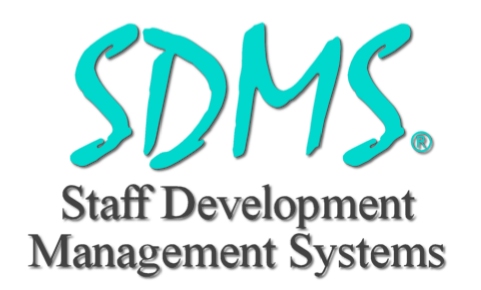Probation Consortia R & S: Case Study
SDMS LTD has been working with Probation Services regional training and assessment consortia since they were created by the Home Office as part of a national expansion of Probation Officer Recruitment in 1998. A critical part of this has been the design and development of a software system, which supports the recruitment process and develops an applicant monitoring system to produce data at a National Level.
In March 1998, six consortia were established in England and Wales to manage and administer a revised approach to the recruitment, assessment and training of new probation officers as part of the Home Office’s revised strategy for tackling crime and offending under Jack Straw. The Home Office launched a National advertising campaign to stimulate interest in becoming a Probation Officer and this was backed by local advertising and recruitment activity. Each consortium would be responsible for recruiting and placing successful applicants in one of the services within their area. They would then be responsible for setting up and managing the ongoing training leading to the Diploma in Probation Studies.
The work of the consortia involved all aspects of the recruitment process including providing information to applicants, issuing application packs, receiving and shifting initial applications, short listing and managing the interview and assessment process through to final appointment. At an early stage it was decided to closely monitor the whole application process and monitor progress through the various stages of selection. To support this each applicant would be asked to complete a National Monitoring Form (as well as standard application forms) the data from which would form the basis for a National Data Set on this initiative. Initially for the Midlands Training and Assessment Consortia but later for the Home Office, SDMS was commissioned to develop software to support this from which two software modules were developed.
- Applicant Monitoring
- Progress Monitoring
The National Applicant Monitoring Form
The data was collected anonymously but the data each applicant was asked to provide included details of their ethnicity and race, gender, age category, employment status, educational attainment/highest qualification, specific vocational qualification, previous or current salary band, preferred language and post code.
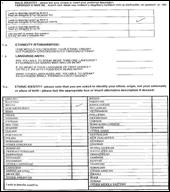
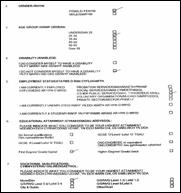
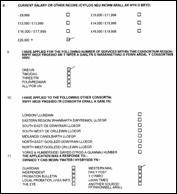
Figure 1: Scanned in Image of National Monitoring Form
The large volumes of applicants’ forms returned and the short time scale for data entry after the completion of the recruitment cycle, called for software, which allowed data to be entered simply and speedily. It was decided against OMR/OCR technologies because of the high capital cost involved. Software design was therefore built around form and tick box style data entry.
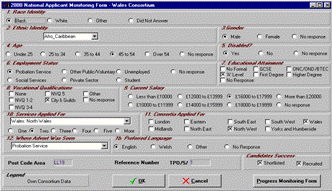
Figure 2: Applicant Monitoring Data Entry Screen
Monitoring data was collected during the various stages of the selection and assessment process by interviewers and administration, again anonymously, including the results of three or four sifts.
First sift: whether eligible and if not whether precluded by virtue of age, criminal convictions, not able to meet academic standard, insufficient previous experience etc.
Second sift: whether invited to assessment event, short listed, appointable etc.
Third sift: range of previous experience, quality of supporting statement if appointed, if not whether this was on the basis of not satisfying specific criteria such as communication skills or planning ability etc.
Since the key point of the applicant monitoring exercise was to provide information to support overall evaluation of the Home Office recruitment scheme and the strategic thinking of consortia mangers, reporting on the data was critical. This was achieved by including many standard reports but also including export facilities to MS Excel and integrated Crystal Reports into the software. Standard reports include race identify report, ethnic report, gender, age group, disability, employment and many other analytical style reports. Reporting encompasses specific consortia reports, comparison reports between consortia as well as reports running on the Nationally aggregated data.
The software has in built imports and exports to allow individual consortia to compile a National Data Set. This is provided as a service by SDMS LTD with all consortia receiving each other’s data comprising a National Data Set of all applicant data.
Implications for Other Services and Recruitment InitiativesThe Probation Services Recruitment Initiative is underpinned by a comprehensive National Data Set from the first year in 1999 until today. This is a rare, if not a unique set of data allowing conclusions to be drawn regarding the success or otherwise of the initiative and as far as we are aware does not exist in other areas of priority public service recruitment such as Police, Social Workers or Teachers. This initiative shows that even at a National level this data can be collected simply, easily, at very low cost (a few thousand pounds) and speedily. This is clearly of value for local services such as Social Services.
SDMS Ltd is making this software available to Social Services’ Departments and other bodies in sector specific editions, and suitably modified as well as incorporating the approach outlined here into its recruitment and selection software, SDMS V Recruitment and Selection Manager. Web enabled versions of this product as well as the Applicant Monitoring Module are now available making data collection even simpler.
